#LCPthelivingbook
Photo
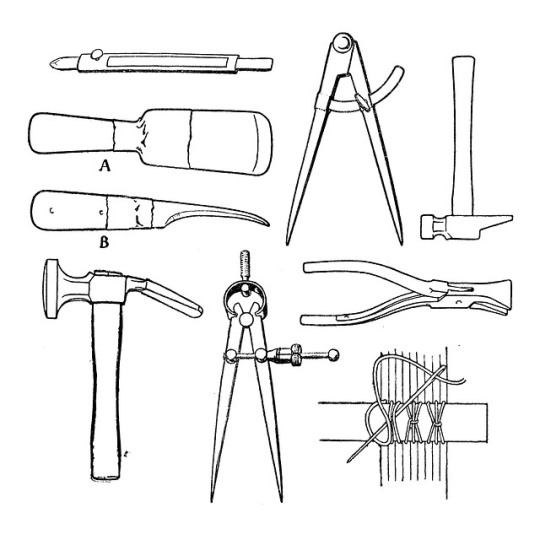
It is week two of the #ToolsOfTheLibraryTrade and we couldn’t resist more content about bookbinding. This image is a compilation of illustrations from Edith Diehl’s, Bookbinding, its background and technique (1946). Originally this image was compiled as a design intended for a tote bag advertising our 2018 exhibition The Living Book: New Perspectives on Form and Function. However, the design was never printed. Who here wants a #ToolsThatBind tote??
Diehl, Edith. Bookbinding, its background and technique. New York, Toronto, Rinehart & company, inc., 1946.
#toolsofthelibrarytrade#toolsthatbind#bookbinding#LCPinsider#LCPexhibits#LCPthelivingbook#merch#specialcollections#tumblarians#1940s
26 notes
·
View notes
Photo
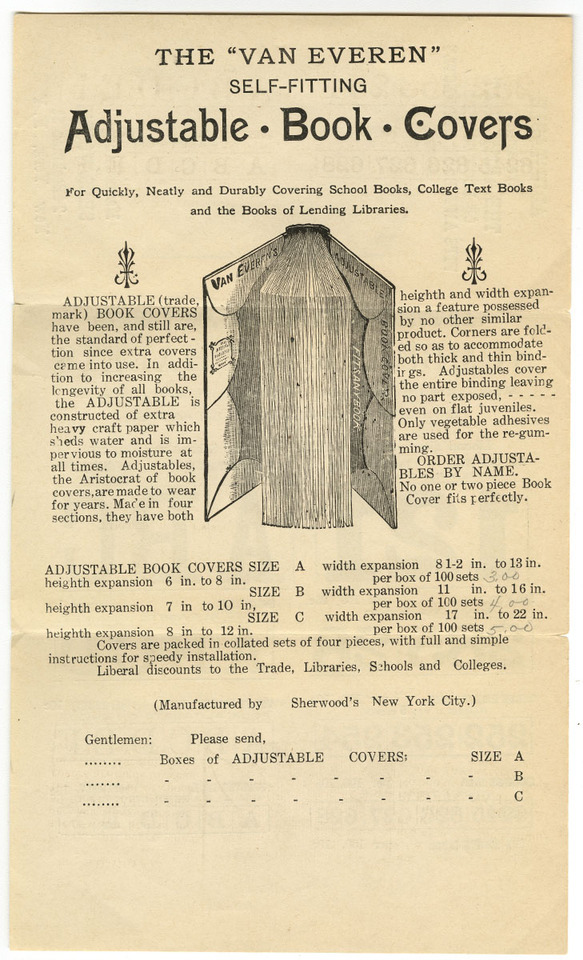
Do you recall wrapping text books when you were in school? The tradition of using wrappers for protecting a well-loved (or used) book goes way back. This 1894 ad promotes the use of adjustable wrappers to protect books of many sizes.
“The Adjustable Book Cover” Self-adjusting book covers on a copy of Linnaeus Cumming, Heat Treated Experimentally (London, 1894). Michael Zinman Binding Collection.
#LCPthelivingbook#thelivingbook#LCPexhibits#welllovedbooks#LCPbindery#michaelzinman#BensLibrary#SpecialCollections#Tumblarians#rarebooks
56 notes
·
View notes
Photo
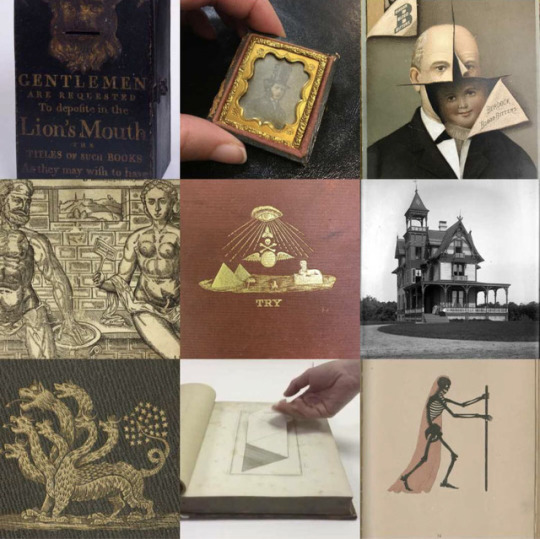
Library Company’s Instagram #2017bestnine is an interesting group. Our Halloween themed week featuring one of our creepiest trade cards, an animated skeleton, and book cover telling us to “try” (try what?) was our most popular week. Our current exhibition The Living Book : New Perspectives on Form and Function makes the top nine twice this year, and the Morris family’s beautiful beach house has a top spot. Viewers loved the gilt stamped monster cover and our tiny daguerreotype of a dapper gentlemen, but at the very top is the Library Company’s Lion’s Mouth Box (ca. 1750) that accepted suggestions for books that LCP should add to their collection.
#2017bestnine#bookguts#LCPthelivingbook#thelivingbook#LCPexhibits#LCPephemera#LCPprints#LCPrarebooks#halloween#monsterbookofmonsters#MarriottCMorris#anatomy#LCParchives#daguerreotype#traditionalphotography#librarygifs#GiltyPleasures#LCPinsider#SpecialCollections#BensLibrary#Tumblarians#LibrariesofInstagram#Cheers
16 notes
·
View notes
Video
Is that a baby or a tiny man?
Anatomy of the Inward Parts of Woman (London, 1650).
This page, and not the book where it once lived, is all that exists in the Library Company’s collection. In anatomical books, flaps were often used to show the inner parts of the body.
*No artifacts were harmed in the filming of this page. The film has been sped up in post production.
#LCPexhibits#LCPthelivingbook#thelivingbook#worldofwonder#anatomy#flapbooks#women#specialcollections#BensLibrary#1650s#tumblarians
47 notes
·
View notes
Photo
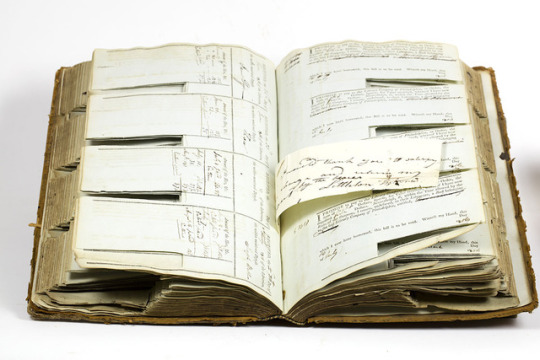
This seems like a crafty tracking system...
Loan book of the Library Company of Philadelphia, 1794-1812.
The Library Company of Philadelphia was originally a lending library. This loan book tracked borrowed books using printed forms filled in by hand. Upon the return of the book, the librarian cut away the borrower’s signature to cancel the note.
#LCPexhibits#LCPthelivingbook#thelivingbook#accountbooks#workitout#librarycompanyofphiladelphia#LCParchives#LCPinsider#18thCentury#19thcentury#mss#1790s#SpecialCollections#BensLibrary#Tumblarians
91 notes
·
View notes
Photo
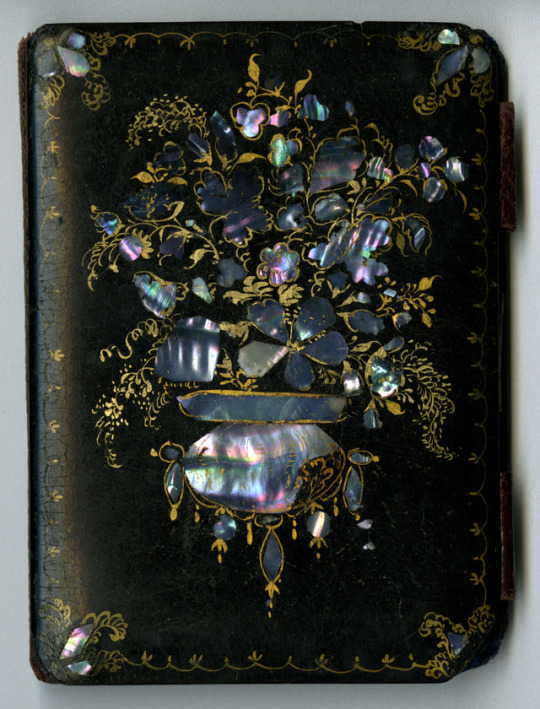
Put away the digital device and pick up a pencil and paper -- research shows that we remember things better when we write them down. But don’t just throw away your notes... Why not save them in a pocket diary?
During the 19th century, patented pocket diaries, pocket books, and pocket writing tablets proliferated. This small and gorgeous papier-mâché binding, inlayed with mother-of-pearl, covers erasable paper, making for a rather stylish writing tablet (circa 1850).
You can see this pocket writing tablet on display in our current exhibition The Living Book : New Perspectives on Form and Function open through January 5, 2018.
thelivingbook.librarycompany.org
#BensLibrary#TheLivingBook#LCPexhibits#1850s#Papiermache#papiermachebindings#motherofpearlbindings#notetoself#pocketbooks#notetaking#rarebooks#specialcollections#tumblarians#lcpthelivingbook
221 notes
·
View notes
Photo

When your bookie is actually a book lover...
G.G. Evans combined a retail shop and lottery to sell remaindered books. Each purchase came with a free “gift” that was chosen randomly by an Evans employee. The gifts had a purported value of twenty-five cents to one hundred dollars, but most were just cheap trinkets. For the customer, there was always a tiny chance that buying an inexpensive book would result in getting one of the most valuable gifts. In some ways it was similar to gambling, and gift book establishments went to great lengths in their catalogs to defend the morality of their operations.
Packing-Room in G.G. Evans’s Great Gift Book Establishment, Philadelphia (Philadelphia, ca. 1860).
#LCPexhibits#thelivingbook#LCPthelivingbook#booksforsale#lcprareboks#1860s#phillyhistory#SpecialCollections#BensLibrary#Tumblarians
62 notes
·
View notes
Photo
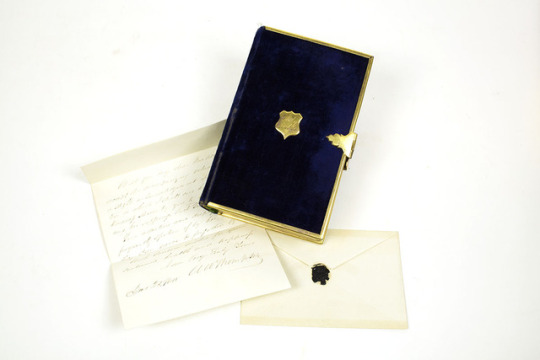
The Holy Bible (Philadelphia, 1844). Michael Zinman Binding Collection.
This elegant Bible was a gift to Mary Ashhurst from the husband of her friend. It was to thank her for “…the kindness shown by you to my wife during her sufferings last summer….” The binding has several lovely features: velvet covers with brass edges, gleaming gold-leaf edges, velvet and pink embossed endpapers, and a clasp with Mrs. Ashhurst’s name engraved on it.
This book is on display as part of our current exhibition, The Living Book : New Perspectives on Form and Function, on display through January 5, 2018.
#LCPexhibits#LCPthelivingbook#thelivingbook#soulsearching#narrativelibrarianship#bibles#1840s#bookbinding#SpecialCollections#Tumblarians#BensLibrary
27 notes
·
View notes
Photo


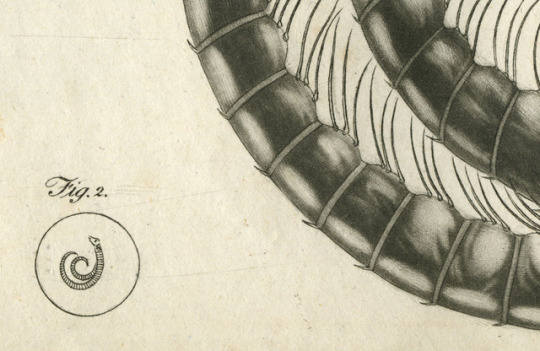
Moral of this story is that small things are cute.
George Adams, Plates for the Essays on the Microscope (London, 1787).
Adams, a British instrument maker and optician, sold this book of plates, along with his telescopes, in his shop. Note the tiny circles, figure 2 and figure 4, which show the actual size of a bee’s proboscis.
#LCPexhibits#thelivingbook#LCPthelivingbook#BensLibrary#science#microscope#naturalhistory#bugs#rarebooks#1780s#SpecialCollections#Tumblarians
71 notes
·
View notes
Photo
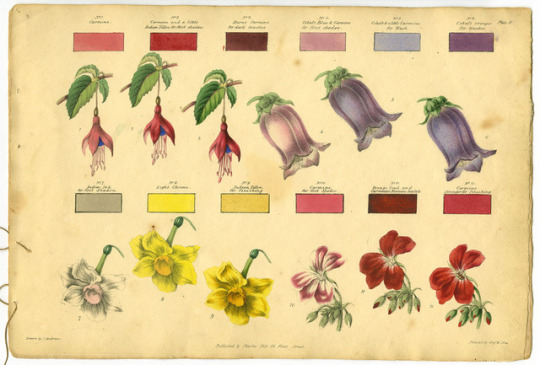

At home, in school and at work we learn by reading as well as by doing. From worn classroom books to at-home DIY manuals, books often take on the role of teacher.
In James Andrews’ Lessons in Flower Painting (London, circa 1836), each hand-colored plate is paired with a version ready to be colored by the reader.
You can see this and much more on display as part of our current exhibition The Living Book : New Perspectives on Form and Function open through January 5, 2018. Remember to take a handout and color in your own flowers!
thelivingbook.librarycompany.org
James Andrews, Lessons in Flower Painting (London, ca.1836).
#BensLibrary#TheLivingBook#LCPexhibits#1830s#LCPthelivingbook#RareBooks#SpecialCollections#Tumblarians#TeachMe
28 notes
·
View notes
Photo
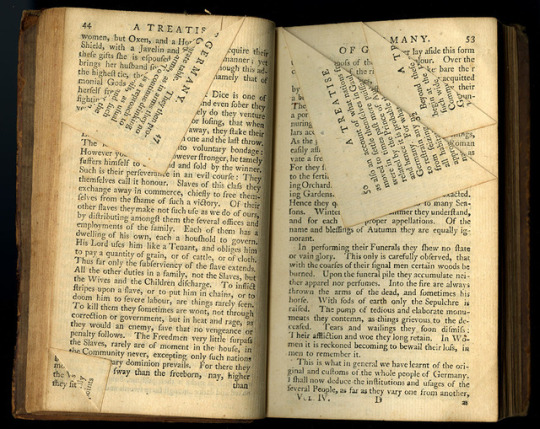
What type of reader are you? This image might make some cringe, but it is evidence of a well-loved book.
Cornelius Tacitus, The Works of Tacitus (London, 1753).
The reader, Founding Father John Dickinson, precisely, deliberately, bent hundreds of page corners to point to paragraphs of note. This evidence of use can provide the historian valuable insight into the reader’s thinking, which would be lost if the corners were unfolded. A typed note on the book tag ensures that a well-meaning user won’t be tempted to “fix.”
#thelivingbook#welllovedbooks#velveteenbooks#dogears#LCPexhibits#LCPthelivingbook#rarebooks#1750s#provenance#SpecialCollections#BensLibrary#JohnDickinson#foundingfather
63 notes
·
View notes